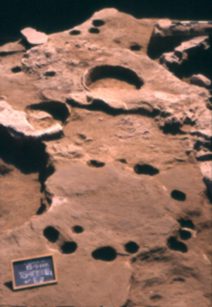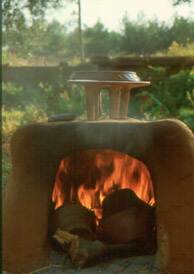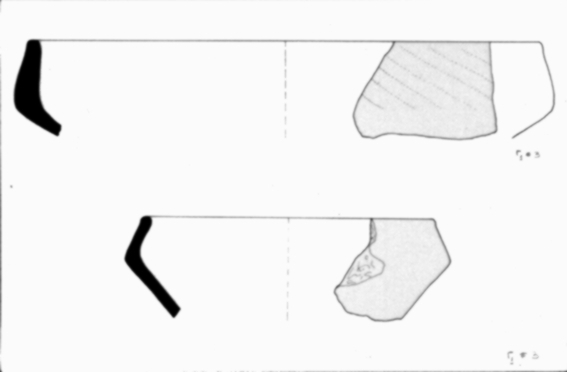|
|
|
Experimental Archaeology - Neolithic Pottery Neolithic Settlement of Makri in Thrace, Greece |
|
The experimental work in the 6th millennium BC neolithic settlement of Makri, in Thrace, Greece, focused first, on the study and understanding of the post-framed architectural tradition of the site in terms of recovery methodology, spatial arrangements and daub construction, and second the prehistoric ceramic production. |
|
|
||||||||||||||||||||||||||||
|
In the case of the former ethnoarchaeological observations derived from both the ΄learn by doing΄ experimental construction of the Sarakini hut and the ethnography of the Pomak community where the same tradition still exists today, were used. |
|
|
||||||||||||||||||||||||||||||||
|
The study of the neolithic ceramic tradition of Makri was based on the experimental work of Mr. Ivan Stoilov, a Bulgarian pottery specialist and artist who reconstructed the different stages of vase-making using local materials, authentic bone tools, firing techniques and of course the ware repertory of the site. |
|
|
||||||||||||||||||||||||||||||||
|
Disclaimer: Any quoted material of this site (text or scanned images) is copyrighted by Nikos Efstratiou and Joan Segui.All Rights Reserved. Site Created and Maintained by Christopher Arabatzis |




